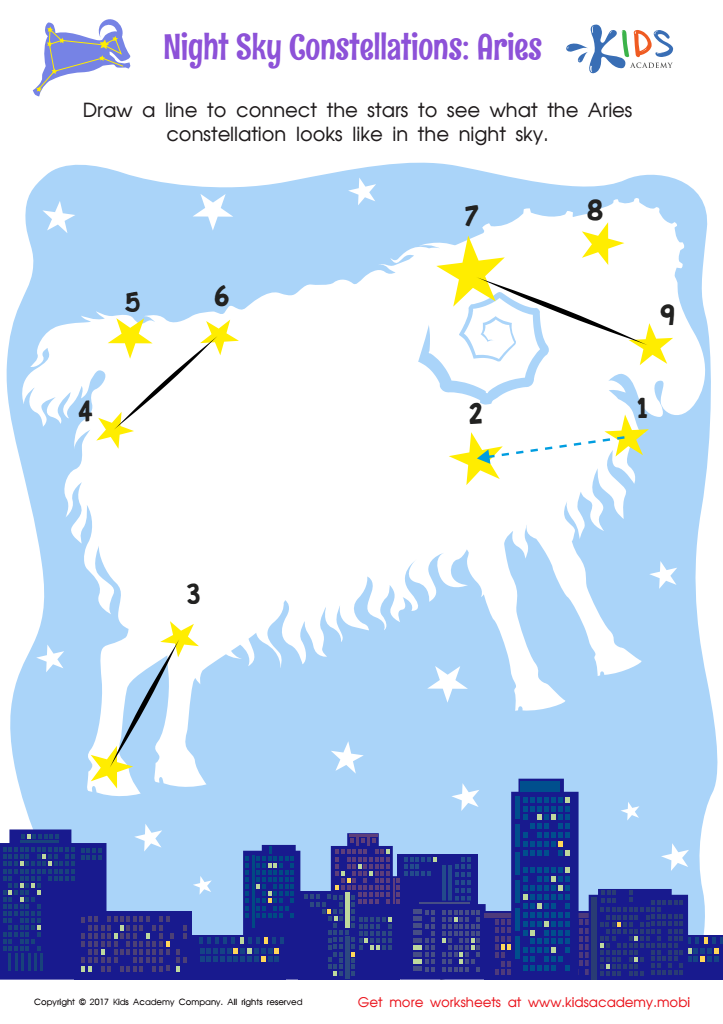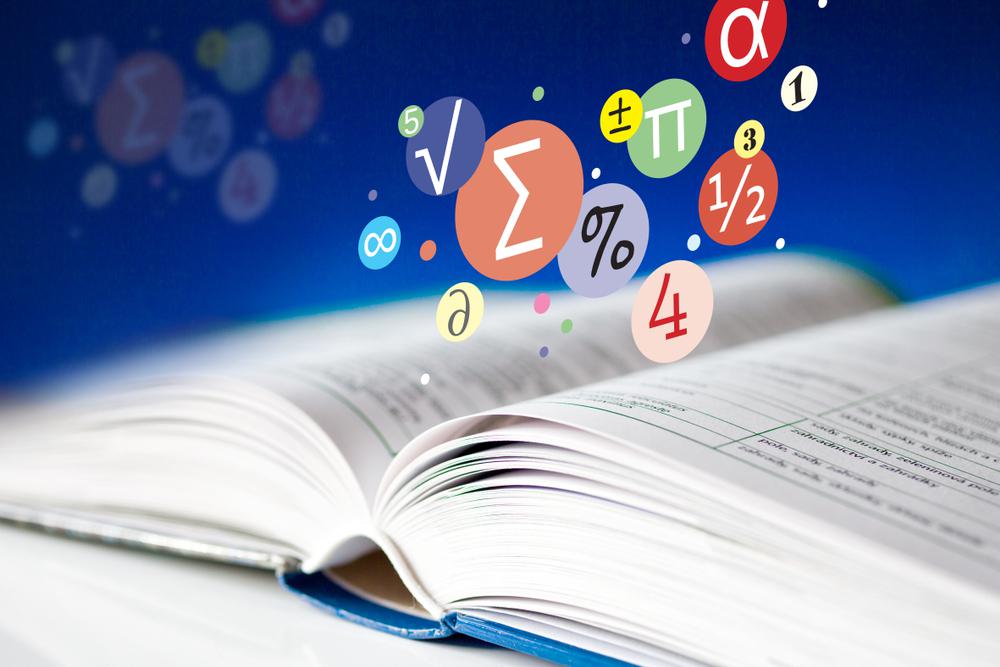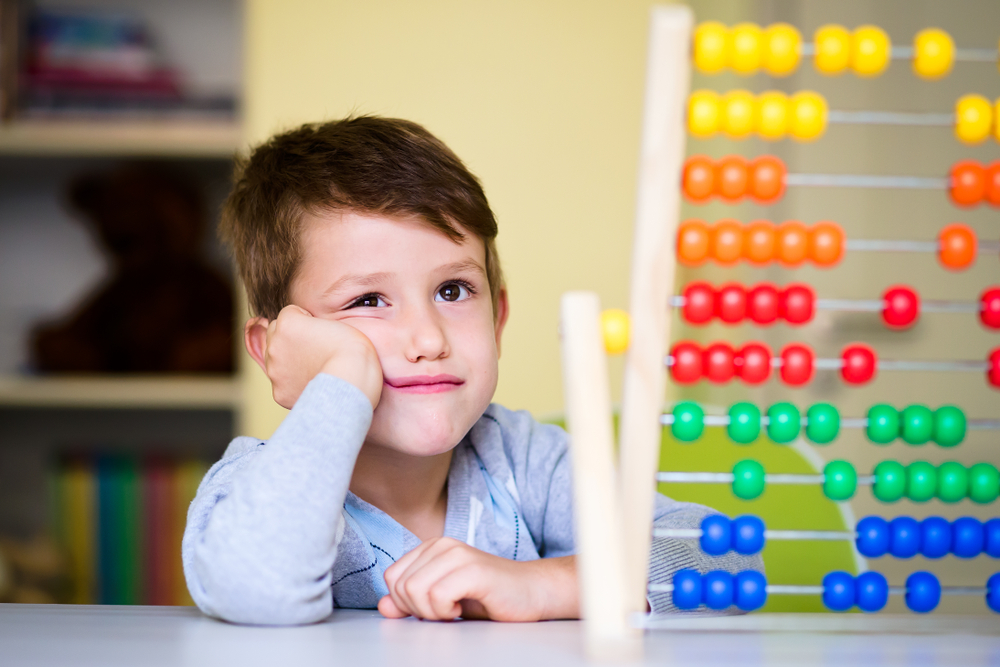Normal Connecting the Dots worksheets activities for 7-Year-Olds
1 filtered results
-
From - To


Night Sky Constellations: Aries Worksheet
Normal Connecting the Dots worksheets activities are much more than simple child's play; they are a pivotal part of the learning and development process for children of various ages. These engaging activities are instrumental in enhancing a wide range of skills that are crucial for the overall growth of a child. Let’s delve into why these seemingly simple tasks are so beneficial.
Firstly, Normal Connecting the Dots worksheets activities foster fine motor skills. As children join one dot to another, they develop control over their hand movements, which is essential for writing, typing, and other manual tasks. The precision required to connect dots accurately also improves hand-eye coordination, a skill critical not just in academic settings but in everyday life activities as well.
Moreover, these activities serve as an excellent tool for teaching numbers and alphabets. As children connect dots numerically or alphabetically, they reinforce their understanding of sequence and order. This method of learning is particularly effective because it combines visual engagement with practical application, making the learning process both enjoyable and memorable.
Cognitive skills are another area significantly benefited by Normal Connecting the Dots worksheets activities. Children learn to recognize patterns, understand the concept of cause and effect, and develop problem-solving skills. As they figure out which dot connects to which and in what order, they are essentially learning to solve a puzzle, enhancing their logical thinking and analytical skills.
Additionally, completing a Connecting the Dots worksheet provides a sense of achievement and boosts a child's confidence. The joy and pride they feel upon revealing a hidden picture contribute to their emotional well-being and motivate them to take on new challenges.
In conclusion, Normal Connecting the Dots worksheets activities are a multifaceted tool in a child’s development. They not only make learning fun but also prepare children with the foundational skills necessary for success in more complex tasks and challenges as they grow. These activities are an essential component of early childhood education, blending learning with play in the most effective way.
 Assign to My Students
Assign to My Students




















